
Ear Infection
Ear infection or otitis is an inflammation or infection of an ear which is usually caused either by bacteria or by viruses. There are three types of otitis, infection of the middle ear, infection of the outer ear, and inner ear infection, and the most common of all is otitis media or the infection of the middle ear. It is particularly common in children.
Signs of Ear Infection
There are some signs which may indicate this condition, and the ones which are easier to identify are earache and pain in the ear in the first place, and then fever, along with the feeling of some kind of blockage in the ear. The loss of hearing is already a serious sign. Even though these signs do not necessarily have to indicate ear infection or inflammation, if they appear during or after a cold, sore throat or respiratory problems, medical help should be required, and the signs should not be ignored. It can be a bit more difficult to identify these signs in children, especially in smaller ones, so in such cases additional symptoms may be fluid in the ear, problems with sleeping, irritability and pulling at one or both ears.
Treatment
Once an ear infection or inflammation has been officially diagnosed, the treatment is possible, and in the greatest majority of the cases, it includes antibiotics, because they kill the bacteria. It is always suggested that the patient should continue with the antibiotics as prescribed even if the condition improves before the treatment ends, because it does not have to mean that the patient is cured and it can fight against bacteria is over. Pain relievers are helpful in cases when pain is one of the symptoms. It is possible that fluid will remain even after the treatment, and in some cases it may persist for months and may affect hearing. In such cases, if antibiotics do not help, the surgery procedure called myringotomy may be recommended, and it will include the use of tubes, which will be placed in the eardrum with the aim to ventilate the middle ear and make the balance between the air pressure in the middle ear and in the environment. The tube will usually stay in the eardrum between 6 and 12 months, and hearing will be repaired as soon as the fluid disappears. Cases in which this procedure needs to be repeated are very rare. Recent researches have proved that, contrary to the official attitude so far, tonsillitis and adenoidectomy do not have to be the reasons for the ear fluid, and removal of tonsils and adenoids will not always solve this problem.





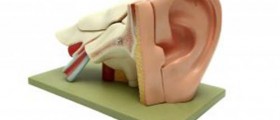


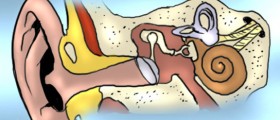
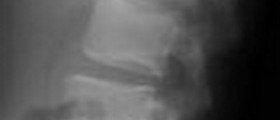
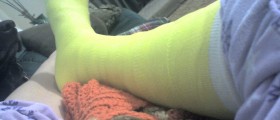

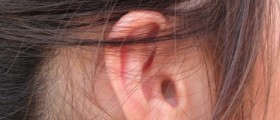



-Arthritis_f_280x120.jpg)
Your thoughts on this
Loading...